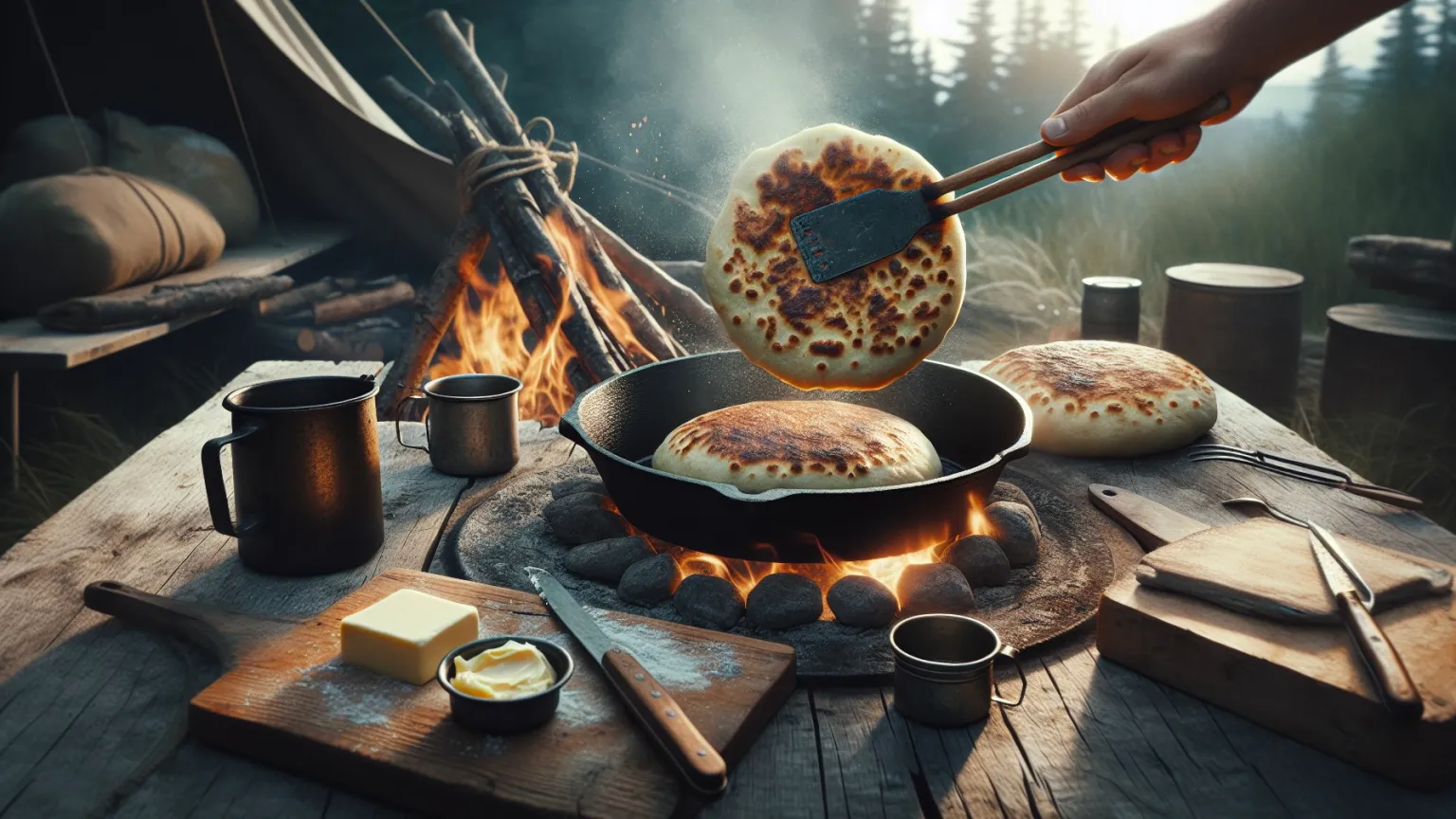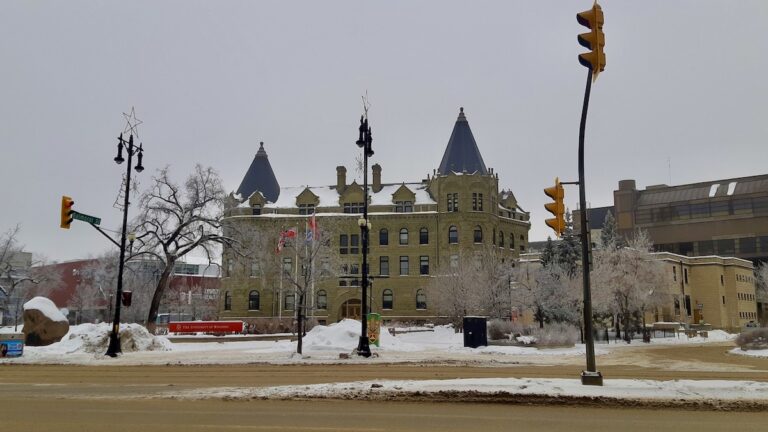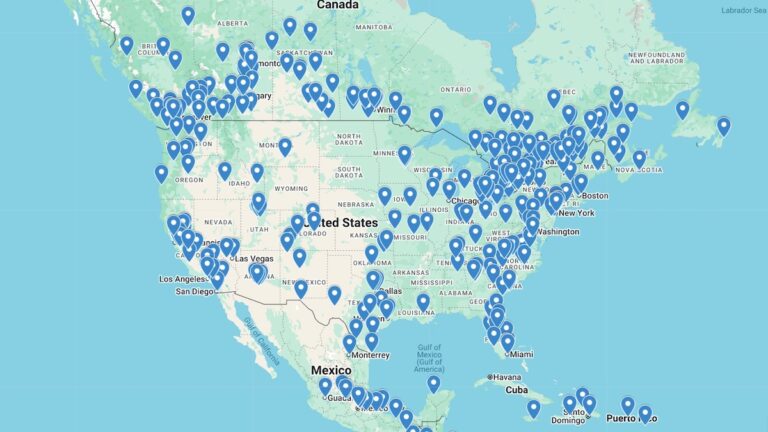
Last week we learned to make bannock. This week we’re going to learn how to make fry bread! Did you know there is a difference between the two?
Fry bread holds a special place in Indigenous cuisines, especially among First Nations, Metis, and Inuit peoples. Unlike bannock, which can be baked, pan-fried, or cooked over a campfire, fry bread is typically deep-fried. This method gives it a distinctively crisp, golden-brown crust and a light, airy interior. While both breads are traditional staples, fry bread’s deep-frying process results in a unique texture that contrasts with the denser, chewier consistency of baked or pan-fried bannock. This cherished bread has been enjoyed for centuries and is especially comforting when paired with a hearty soup—bringing a taste of history and home, just like the kind our grandmothers used to make.

Ingredients:
- 2 cups all-purpose flour
- 1 tablespoon baking powder
- 1/2 teaspoon salt
- 1 tablespoon sugar (optional, for a slightly sweet version)
- 1 cup warm water
- 2 tablespoons vegetable oil (for the dough)
- Additional vegetable oil (for frying)
Instructions:
- Prepare the Dry Ingredients: In a large mixing bowl, whisk together flour, baking powder, salt, and sugar (if using).
- Mix the Dough: Add 2 tablespoons of vegetable oil to the dry ingredients. Gradually stir in the warm water until a soft dough forms. The dough should be slightly sticky but manageable. If too dry, add a little more water, one tablespoon at a time.
- Knead the Dough: Turn the dough out onto a lightly floured surface and knead for about 2-3 minutes until smooth. Let the dough rest for 10 minutes.
- Shape the Dough: Divide the dough into 6-8 equal pieces. Flatten each piece into a disc about 1/4 inch thick. Make a small hole in the center of each disc; this helps the fry bread cook evenly and gives it the traditional look.
- Heat the Oil: In a large skillet or deep fryer, heat about 1-2 inches of vegetable oil to 350°F (175°C). Test the oil by dropping a small piece of dough into it; if it bubbles and rises to the surface, the oil is ready.
- Fry the Bread: Carefully slide each disc of dough into the hot oil. Fry until golden brown on both sides, about 1-2 minutes per side. Use tongs or a slotted spoon to remove the fry bread from the oil and drain on paper towels.
- Serve: Enjoy the fry bread warm, either as a sweet treat with honey or powdered sugar or as a savory accompaniment to soups and stews.
Differences from Bannock:
- Cooking Method: Fry bread is deep-fried, resulting in a crispy exterior, while bannock can be baked, pan-fried, or cooked over a campfire.
- Texture: Fry bread has a lighter, airier texture due to frying, whereas bannock tends to be denser and chewier.
- Tradition: Both are traditional breads, but fry bread has a specific place in the history of Indigenous cuisines, often associated with specific cultural practices and historical contexts.
Shopping List:
- All-purpose flour
- Baking powder
- Salt
- Sugar (optional)
- Vegetable oil
- Warm water
Enjoy making this traditional fry bread, a delicious and timeless treat that brings a touch of history and comfort to your table!





